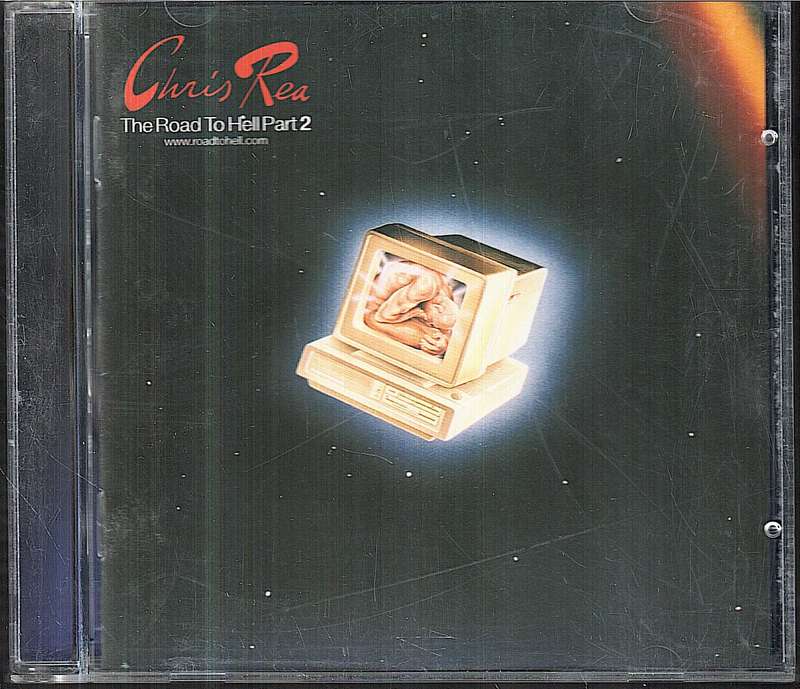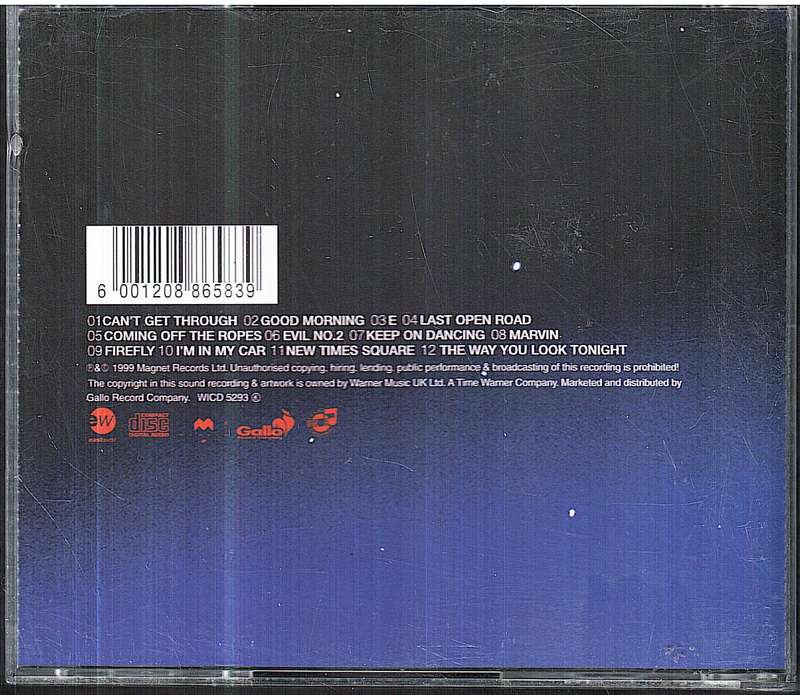Ten years after The Road To Hell became his biggest success, Chris Reas bold and refreshingly experimental sequel, The Road To Hell Part 2, traversed a completely different musical terrain.
By the late 90s, the popularity of dance music seemed to be leaving soft-rock musicians such as Rea standing in the cold, outside the nightclub doors. Everyones using the same bloody computer now, which is a big shame for a lot of players, the singer-songwriter himself noted. However, one of the best Chris Rea songs, On The Beach, had been sampled by Dutch DJs York to become an Ibiza hit in the summer of 1999, suggesting that Rea had a better chance than many of connecting with an audience drawn to electronic music. Aiming to combine his predilection for blues-based slide guitar and live musicianship with computer-generated beats, Rea fashioned his 15th album, The Road To Hell Part 2, with a mechanics precision.
The first tantalising hint at Reas new direction came with The Road To Hell Part 2s lead single, New Times Square, which bubbled with gentle, trance-like synths before engulfing listeners with a tsunami of thumping EDM beats. Released in October 1999, it surprised audiences by melding Reas throaty drawl with a euphoric club vibe.
Following on 15 November, The Road To Hell Part 2 revealed that Rea had more tricks up his sleeve: mixing bluesy riffs with clubby beats, the album picked up the traffic-related themes of its predecessor with the eight-minute opener Cant Get Through. With its blaring sax and driving beat, this was a totally new musical highway for Rea. I just went off left field with completely different ideas, he admitted, telling interviewers how rock musicians needed to embrace new things. Guys like Eric Clapton shouldnt be saying music is dead.
Reas daughters, Josie (then 16) and Julia (11), had inspired him to tackle songs that shared his waspish views on modern parenthood. The rap-indebted Evil No.2 explores the inner mind of an errant teen, name-checking Eminem and blaming wayward, drug-taking behaviour on the lax morals of paper-chasing mums and dads (I got a satellite dish, Im all alone/With my little goldfish/And Eminem). Its been something that Ive been concerned about for some time, Rea told the Daily Mirror. While theyre off achieving, the child is in the bedroom having its mind completely screwed up. I dont think thats progress. Do you?
At the time The Road To Hell Part 2 was released, the controversy around teenagers taking ecstasy was dominating news headlines, particularly after the death of 18-year-old Leah Betts in 1995. Reas song E tackles this subject head-on (Tell me whats so wrong with E/Thats what I hear them say). E is a song about listening to three girls have a conversation about ecstasy, Rea said. They wanted to know the risks. It was my duty to tell them to be honest with them. By tackling a controversial issue in such a measured way, Rea implores parents to talk about it openly.
Just like before, Rea presents these very personal topics under the guise of a road trip, making The Road To Hell Part 2 a soft-rock ambulation aided by its dance-inspired production. The car radio becomes central to this journey, surfacing once again on Im In My Car (I dont want to change a thing/This is my world you are sitting in). The other instance with The Road To Hell Part 2 is how happy men have got in cars, Rea said, recalling how a friend of his would plan his drive home around his favourite radio show. We are actually starting to enjoy this private space at the beginning and the end of each day.
Though it wouldnt be right to call The Road To Hell Part 2 a fully-fledged dance record, it successfully hangs atmospheric synths and propulsive drum machine around Reas bluesy arrangements. A notable highlight is Last Open Road, which is built upon Reas experiments with guitar loops and sampling. I took some blasting guitars, put them in a sequencer, and I had a lot of fun doing it, Rea said.





